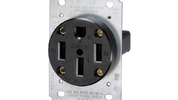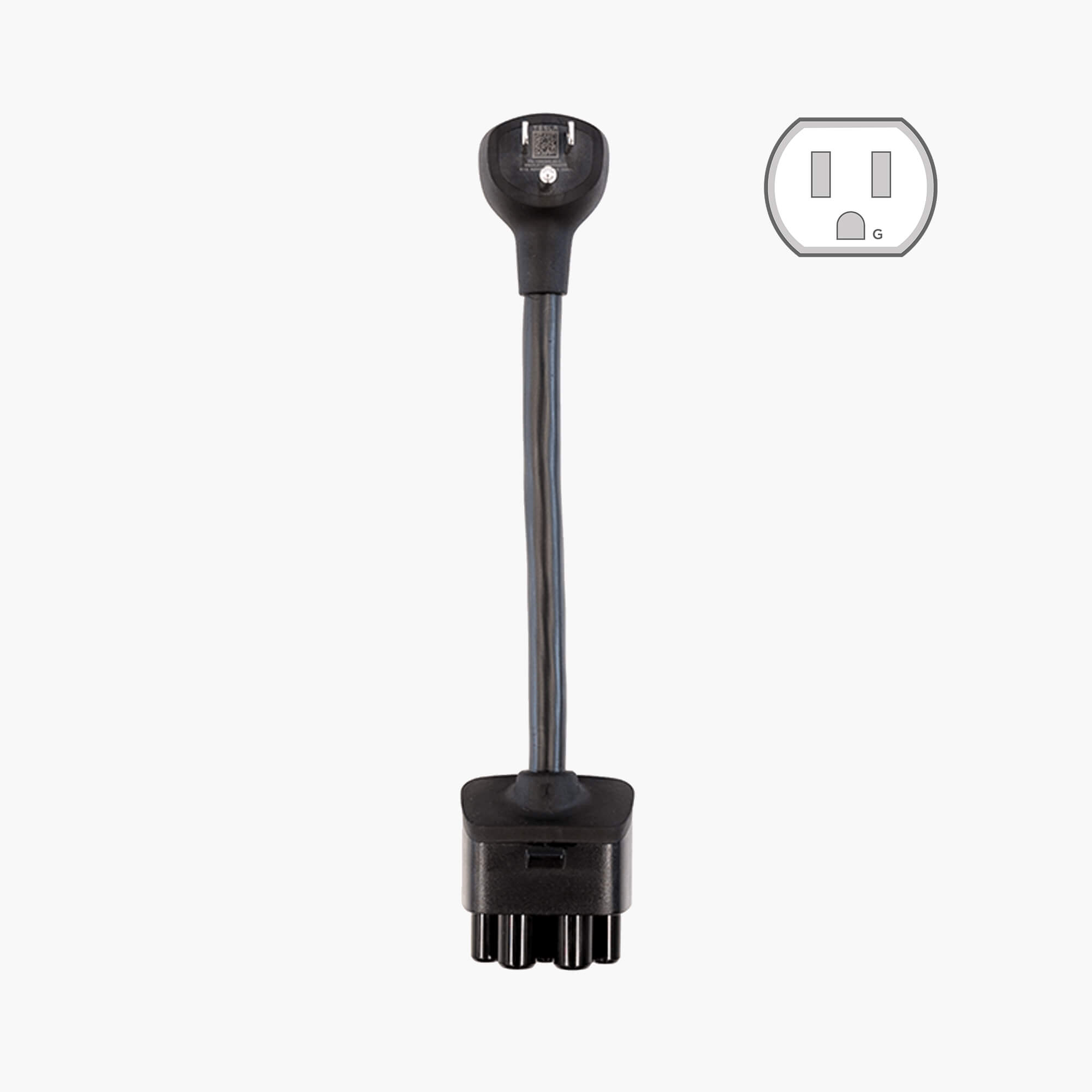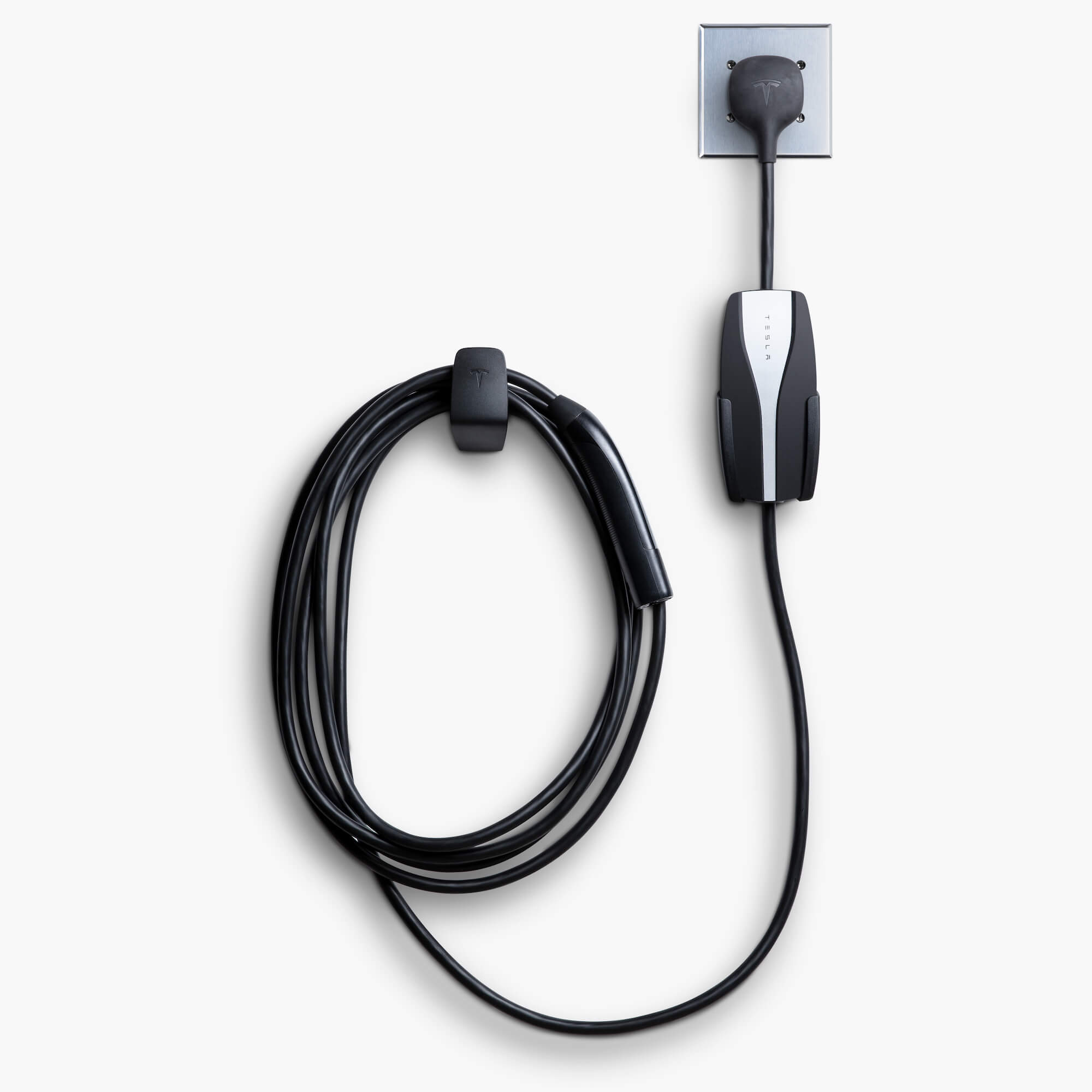Landlord agreed to install a 50Amp circuit with a NEMA14-50 outlet. Didn’t even hesitate. Should be all set by the time my new car is here.
Nice.
Thanks for the advice everyone.
I just helped someone through this scenario. Make sure that the 14-50 charging receptacle is installed in a location where the charging cord of the Tesla Mobile Connector is able to reach the charging port on the Tesla Model Y (any Tesla.)
Things to know:
The charging port on the Tesla is on the driver's side at the corner of the rear quarter panel, near the taillight (height from the floor is approx. 40 inches.)
In some states, counties the building code requires that electrical receptacles, switches in garages be installed at least 48 inches above the floor. In other locations I have read that the receptacles can be installed at 24 inches height.
The usable length of the Tesla Mobile Connector charging cord is as measured (by me) 18ft, 8 inches (Tesla states this as 20ft but they count the Mobile Connector chassis and the charging handle/connector. After accounting for the height of the receptacle from the floor and the height of the charging port from the garage floor/ground there may only be 13.5 ft of reach left in the charging cord.
If you normally back into a garage to park, will be backing into the garage to charge the Mobile Connector charging cord will be able to reach the charging port even if the 14-50 receptacle is installed at the rear wall of the garage.
If you want to park facing forward in the garage the 14-50 receptacle should be placed on either the left side or right side of the garage (closest to the electrical panel), the side where you will park if it is a two car garage. If the receptacle is located approximately 4 feet from the garage door(s) then the charging cord should be able to reach the charging port on the driver's side of the Tesla with no issue.
If for some reason the receptacle must be installed at the back of the garage then you will have to either back into the garage to charge or use non-Tesla electric vehicle service equipment (EVSE.) Everyone calls this charging cord set the charger but in fact it is correctly called the EVSE. (The charger is, in fact, inside the vehicle close to the battery pack and looped into the Tesla's cooling system.)
You can purchase, use a non-Tesla EVSE when charging a Tesla as these typically can be purchased with a 24 ft or 25 ft charging cord. The extra length can really make it or break it when charging in a typical garage. All Tesla vehicles come with a Tesla J1772 adapter. You would use the J1772 adapter when charging using any public charging station. (I use the J1772 adapter at home because the Tesla Mobile Connector charging cord was too short for my needs. I had the 14-50 receptacle installed back in 2016 when I had a Chevy Volt. The Volt's charging port is located on the right fender just in front of the driver's door. Also, the EVSE I was using to charge the Volt has a 25 ft charging cord and was able to reach the Tesla's charging port. (I used the EVSE I had installed with the Volt for about a month, then swapped it for one that would enable charging at 32 amps (the Volt only would ever draw a maximum of 16 amps.) The 32 amp capable EVSE I purchased has a 25 ft charging cord.





